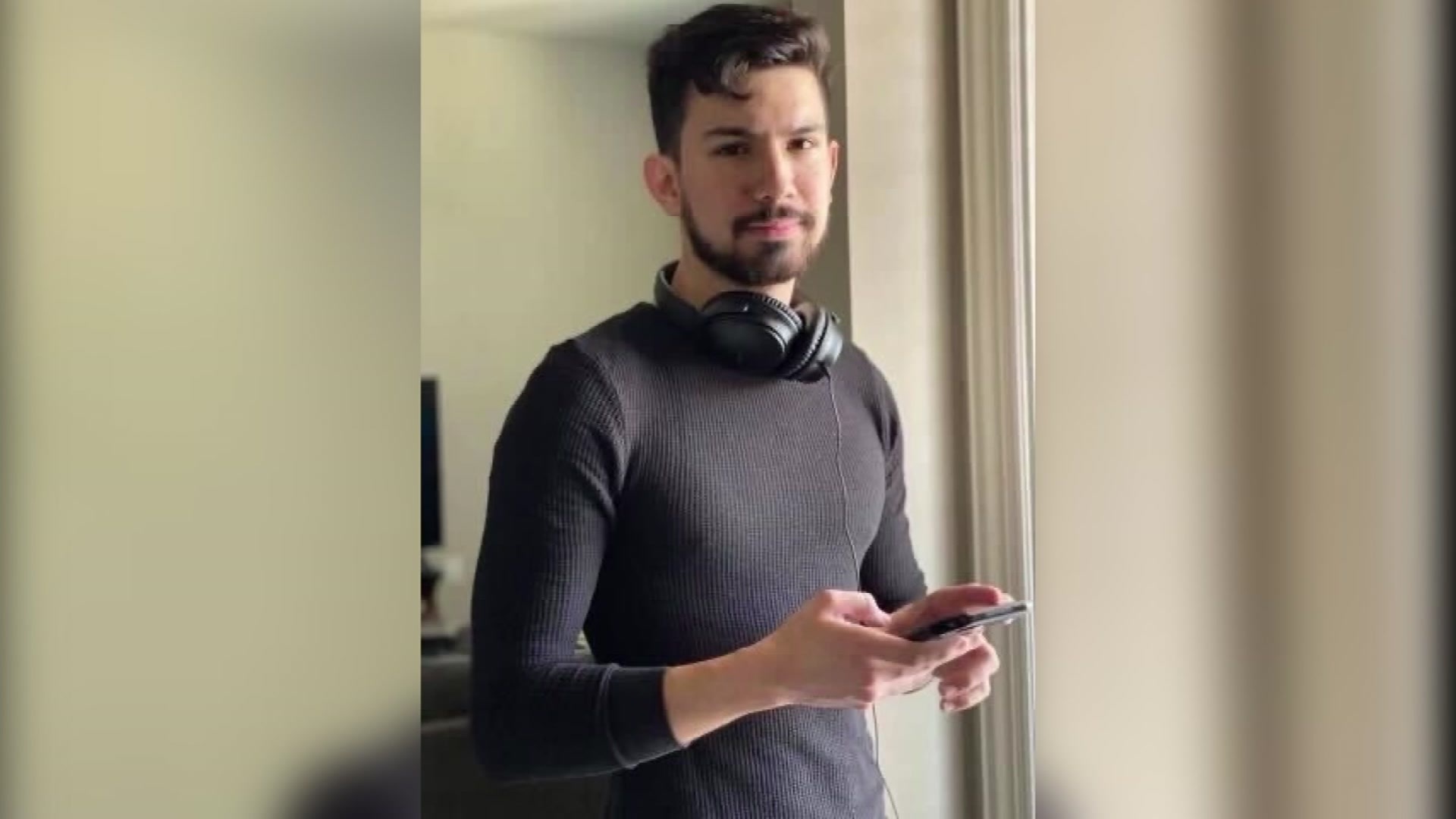An Army psychiatrist who went on a shooting rampage at Fort Hood still had nearly 200 rounds of ammunition and a second gun in his pockets when he was shot by police, a military court heard Wednesday.
The gunman had already fired nearly 150 rounds inside a crowded medical building on Nov. 5 from a semiautomatic weapon, killing 13 and wounding dozens, Army investigator Kelly T. Jameson testified at a hearing to determine whether accused gunman Maj. Nidal Hasan will stand trial.
Authorities believe Hasan only fired the semiautomatic because bullets recovered from the victims were from that gun, Jameson said. Hasan had fired another 70 rounds outside the building, Army investigator Duane Mitchell testified.
Sgt. Mark Todd, a civilian police officer at Fort Hood, told the Article 32 hearing that after responding to a call of "shots fired," he saw a gunman outside a building and then saw the weapon's red laser sight pointing right at him.
"I said, 'Halt! Military police! Drop your weapon!"' Todd testified. Instead, the gunman dressed in an Army combat uniform "fired a couple of rounds." Todd said he yelled at the shooter again, and the two exchanged gunfire.
Todd said he knew he hit the gunman because he fell. Todd said he then ran to him, kicked his gun away, handcuffed him and removed items from his pockets -- including a revolver and ammunition clips. Todd said he checked his vital signs as medics arrived to begin treating the gunman.
Maj. Steven Richter, who was in charge of the Soldier Readiness Processing Center complex that includes the medical building where the shootings occurred, testified Wednesday that he grabbed the weapon after Todd kicked it away and then cleared it when he realized it was jammed.
Local
The latest news from around North Texas.
Richter said he thought there may be more than one shooter because the gunfire had been so rapid and loud, but he handed over the gun as soon as other police arrived then "jumped" on the gunman and put his finger in one of his bullet wounds.
"I recall saying to the police officer, 'This is one of us,"' Richter said.
Mitchell testified that two laser sights were affixed to the gun used in the shooting. The green one is used during daylight, and the red one aids in darker conditions, he testified. Authorities found receipts from Nov. 2 and Nov. 3 in Hasan's car for watch batteries, the same kind used to power the laser sights, Mitchell said.
During the hearing, now in its second week, only one witness testified to seeing the shooter firing two guns that day in the building where soldiers get vaccines and medical tests before deploying. Others said they saw one gun but gave different descriptions. Some said they saw red and green lasers; others saw just one color or neither.
Several witnesses at the hearing have said the gunman in an Army combat uniform shouted "Allahu Akbar!" -- "God is great!" in Arabic -- then opened fired in a crowded waiting area. They say he kept firing rapidly, pausing only to reload, and shot people as they hid under tables or curled up in chairs -- even shooting soldiers after they fled outside.
Hasan is charged with 13 counts of premeditated murder and 32 counts of attempted premeditated murder.
Hasan, who has attended the hearing in a wheelchair, is paralyzed from the chest down from police gunfire that ended the onslaught.
Jameson also testified Wednesday that a witness who deleted cell phone footage that day said it showed a wounded soldier in another building and was not recorded in the medical center during the shooting. Last week Pfc. Lance Aviles testified that an officer ordered him to delete two videos he recorded on his cell phone, but Aviles was not asked what the videos showed.
In earlier testimony Wednesday, another police officer said she was shot in the hand during the gun battle and then fell after she was shot in the leg and knee. Officer Kim Munley said her gun malfunctioned but her arm was extended when the gunman walked toward her and that he kicked it out of her hand before walking away.
She said the gunman also seemed to be having weapon problems when Todd appeared from around a corner, ordered him to drop the gun and then the shooter fired at Todd, who was not injured that day.
Munley said although she had exchanged gunfire with the shooter, she didn't know how many times she hit him, if at all.
"I did not see him fall. Not with my shots," Munley said under cross examination.
Prosecutors showed the court dash-cam videos from Munley's and Todd's police cars as they sped to the scene and parked. The videos show Munley running to the left past some parked cars, and then soldiers crouching behind vehicles. Rapid bursts of gunfire can be heard in Munley's video. The gunman cannot be seen.
Asked to identify the gunman in court Wednesday, Munley stood up, looked directly at Hasan and described him.
At some point after the hearing, Col. James Pohl, the investigating officer in the case, will recommend whether Hasan should go to trial. That decision -- and whether the Army will seek the death penalty -- ultimately will be made by Fort Hood's commanding general.
Hasan remains jailed. There is no bail in the military justice system.



